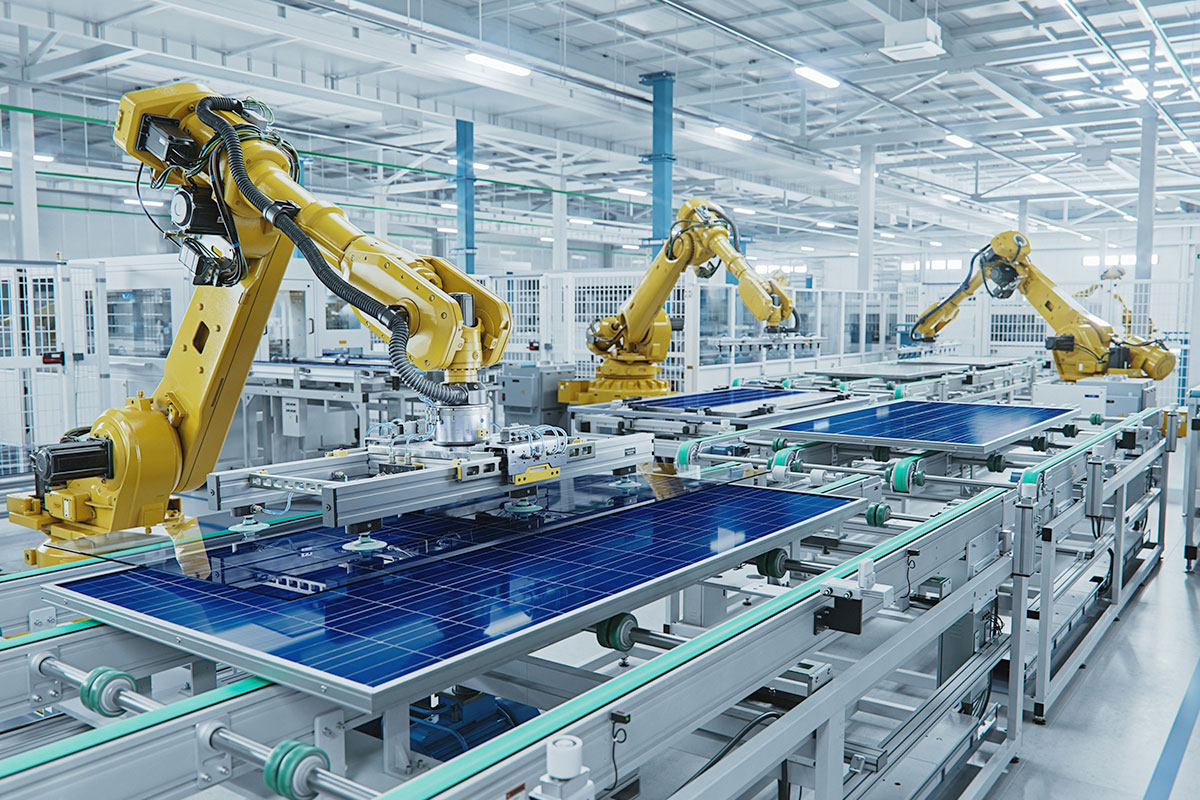The United States has moved to impose punitive tariffs as high as 3,521% on solar panels shipped from Cambodia, Thailand, Malaysia and Vietnam, following a year‑long trade investigation prompted by domestic manufacturers.
Announced by the US Commerce Department, the duties combine anti‑dumping and countervailing measures designed to penalise what Washington views as unfair subsidies from Beijing and the dumping of below‑cost goods in the American market. A separate ruling from the US International Trade Commission is expected in June; if confirmed, the levies would come into force shortly afterwards.
Who wins and who loses from the new solar tariffs?
The steepest duty – 3,521% – will fall on certain Cambodian exporters that, according to investigators, failed to co‑operate fully with the probe. At the other end of the scale, panels produced in Malaysia by Chinese giant Jinko Solar face a tariff of just over 41%, while rival Trina Solar’s Thai‑made products attract a 375% rate.
Many China‑headquartered firms shifted production to South‑East Asia during the Trump presidency to sidestep existing US tariffs. Those early counter‑measures remain in place, meaning the latest duties come on top of an already complex tariff regime.
Thus far, American manufacturers of solar panels have reacted with glee at the decision to impose tariffs on their Chinese competitors.
“This is a decisive victory for American manufacturing and confirms what we’ve long known: that Chinese‑headquartered solar companies have been cheating the system,” said Tim Brightbill, lead counsel to the American Alliance for Solar Manufacturing Trade Committee, which originally petitioned former President Joe Biden for the investigation.
The decision to impose punitive tariffs on Chinese solar panel manufacturers could impact American manufacturers wishing to export their panels abroad, however. Especially as many analysts already fear that any move to reduce exports to the US from China will simply lead to oversupply elsewhere – causing prices to drop in markets such as Europe and the UK.
Additionally, the tariffs could drive up costs for American project developers and householders who have benefited from cheaper overseas modules. It’s unlikely that US manufacturers will be able to match prices, especially in the near-term as they promise to ramp up production.
The decision to impose the new tariffs on solar panels lands just days after Chinese President Xi Jinping completed visits to Vietnam, Malaysia and Cambodia — a tour aimed at deepening regional ties and calling on partners to resist what he described as US ‘unilateral bullying’.
Figures from the US Census Bureau show that solar imports from the four countries hit by the new tariffs were worth almost $12 billion (£8.9 billion) in 2023 – piling on more pressure for the countries that were previously hit with additional ‘reciprocal tariffs’, which are currently on pause for 90 days.

